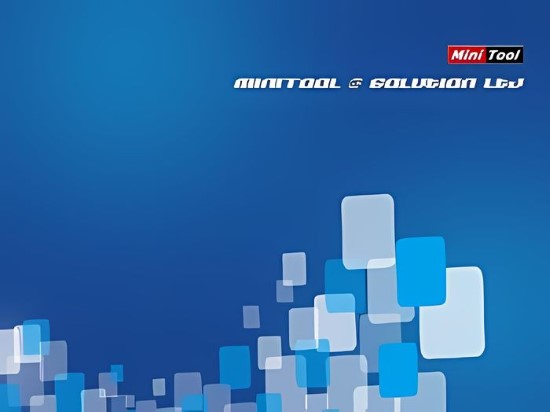

Hopefully, it will boot successfully to the desktop. Reboot and choose the new ISO entry from Grub menu this time. Save and close this file and now run this command: sudo update-grub Suppose your image is contained in the sda1 partition, you'd change (hd0,8) in the above line to (hd0,1) and if the image is in the sdb1 partition, you'd change (hd0,8) to (hd1,1). To find out your partition, run this command in a Terminal: sudo fdisk -l 'hd0' means first HDD which is read as sda by Ubuntu, and 8 is the partition which is the same as for Ubuntu.

Grub reads the partitions in a different way than Ubuntu does. the 4th line in this example is the first comment line, which is fine.
Boot linux iso file from hard drive software#
Once you download the image, you can use software to recreate the physical installation media. These images are usually freely available online. As an example, most distributions of Linux release ISO images of the installation CDs. ISO images are mainly used as source files from which to create CDs. Image files, unlike normal files, are usually not opened rather, they are mounted.Īn ISO image (.iso) is simply a CD-ROM image saved in ISO-9660 format. This file not only contains individual data files, but it also contains track and sector information and arranges all this information in a file system, just like disk media. In the context of files and programs, an "image", whether an ISO or other media image, is simply a file that can be used as an identical copy of the original media. Listed below are links to Linux ISO Image Downloads for the most popular Linux distributions. All that is required is sufficient drive space, software to write the ISO image and a bootable media such as CD/DVD or USB flash drive.
Boot linux iso file from hard drive install#
Linux ISO images are an efficient way to download and install any Linux distribution.


 0 kommentar(er)
0 kommentar(er)
